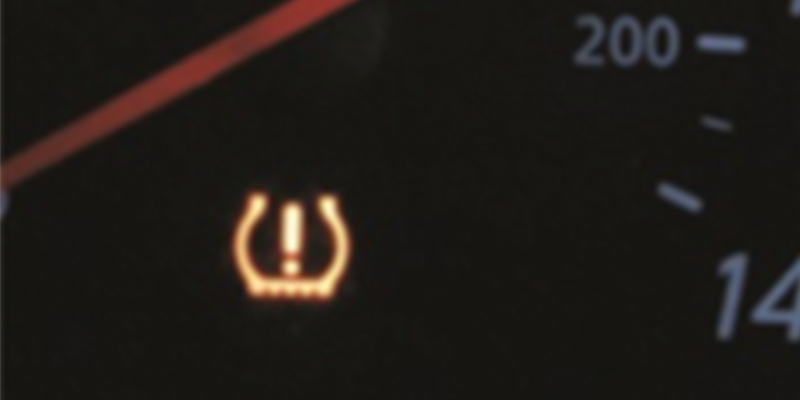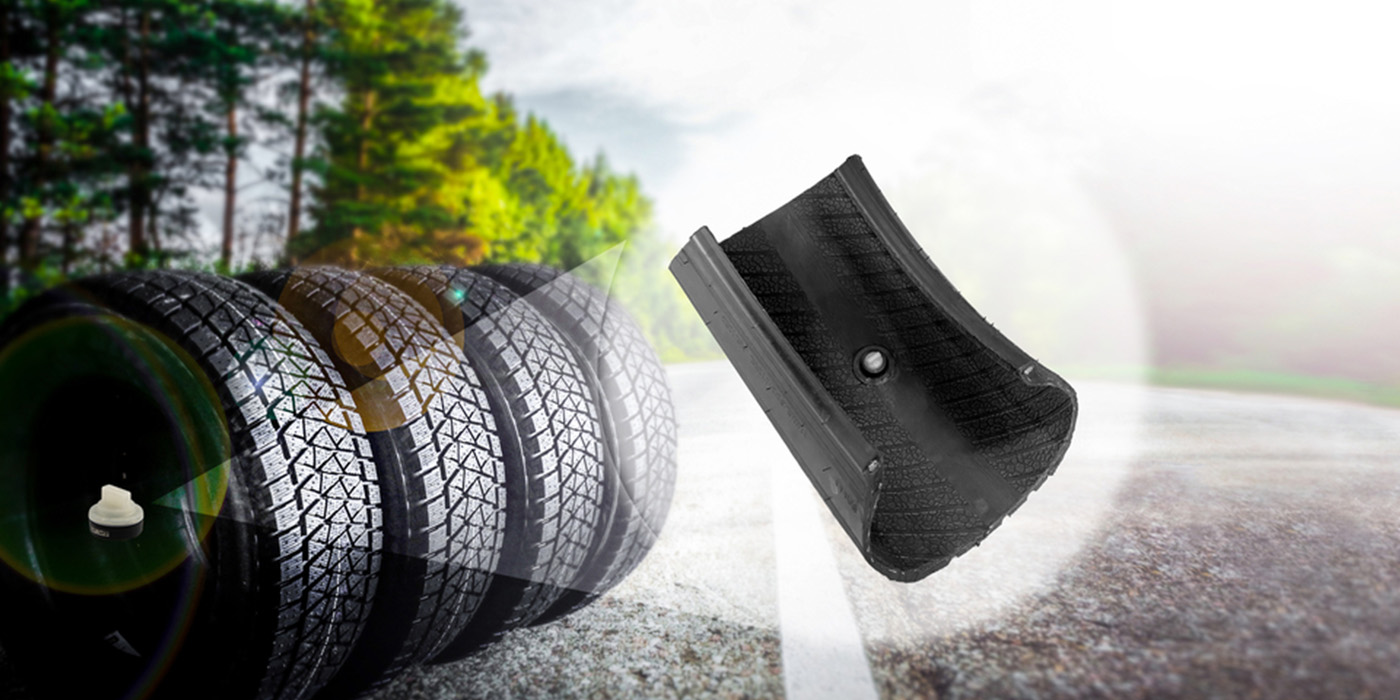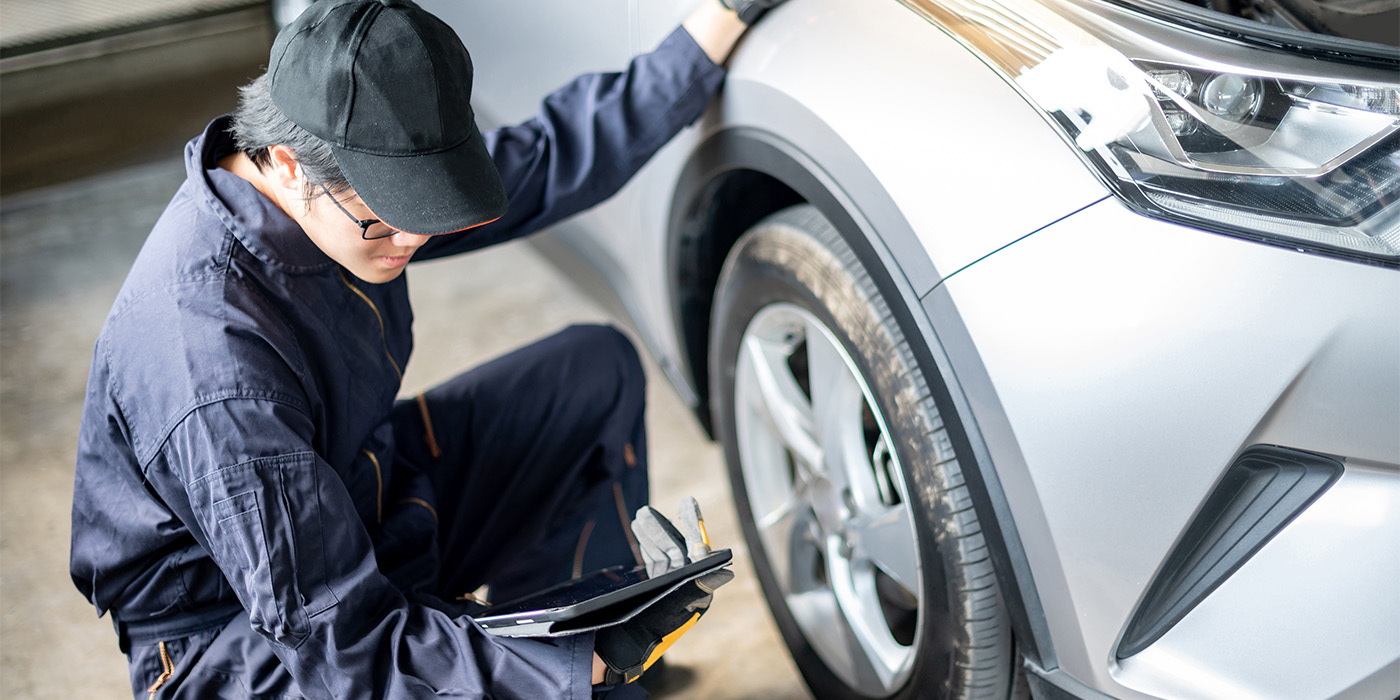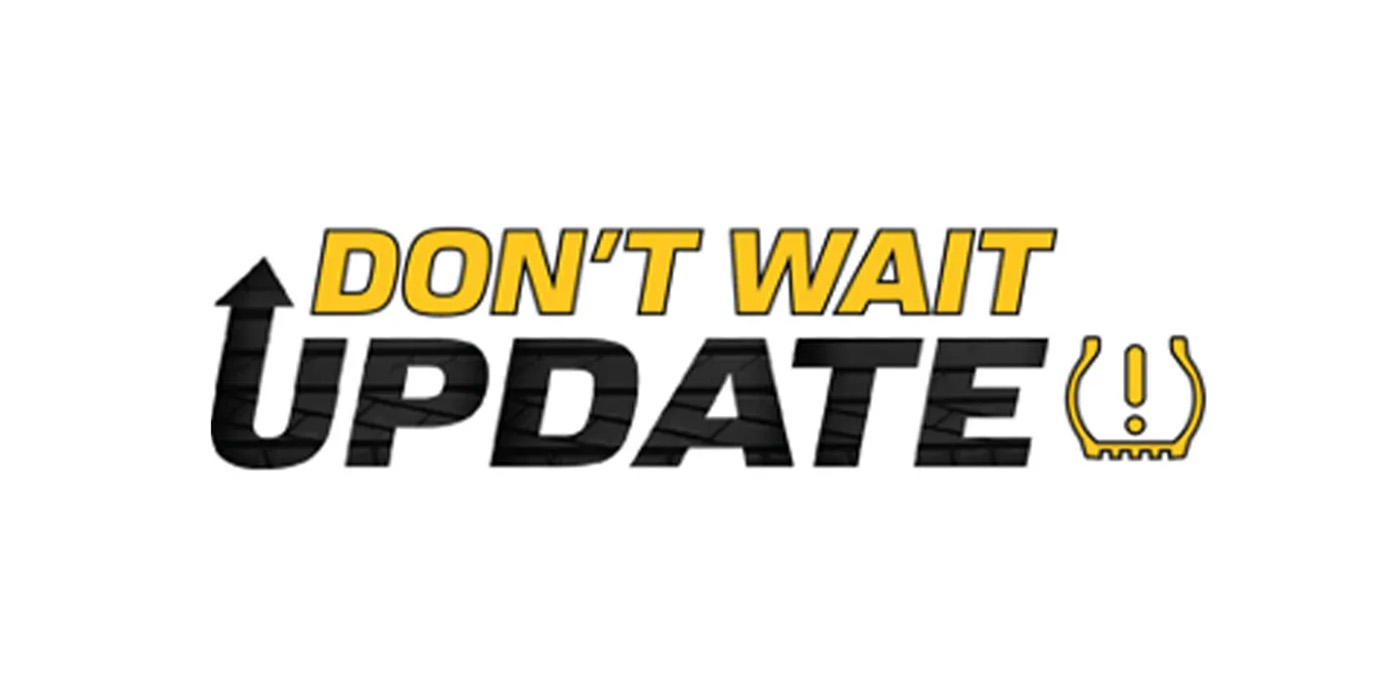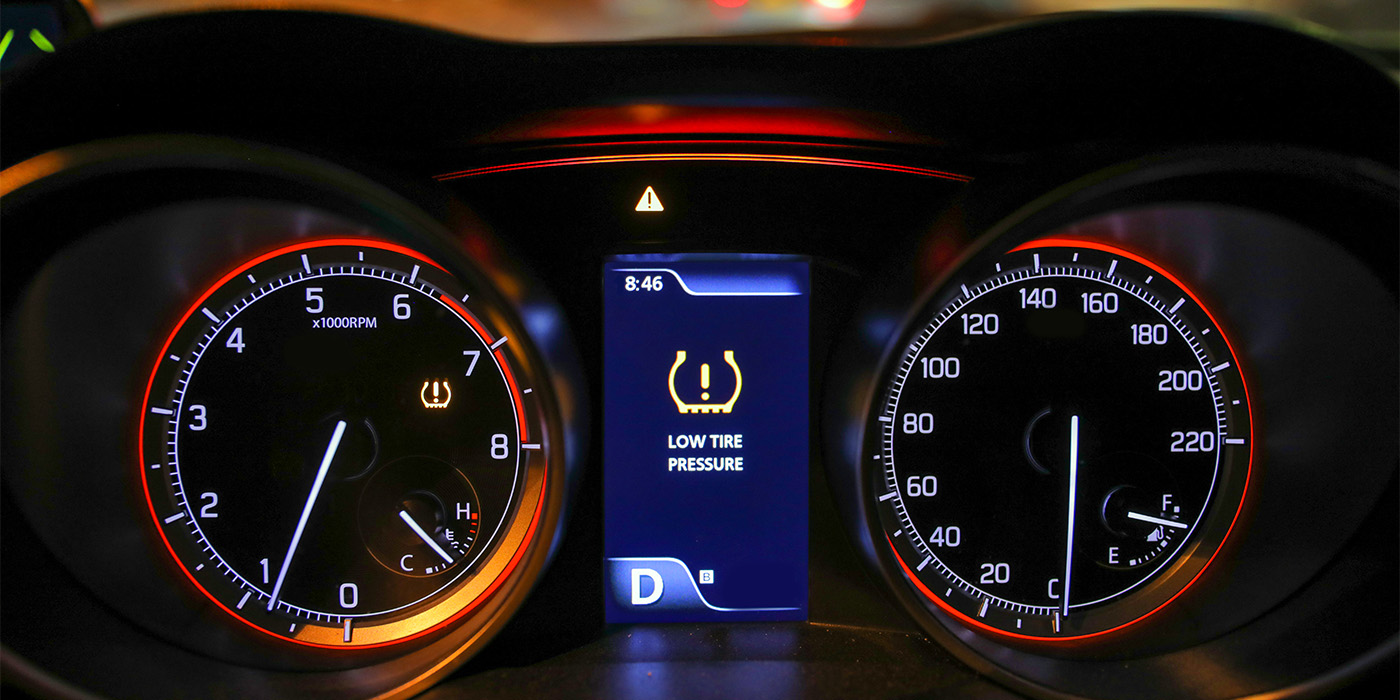As you may know, this past September marked the 10-year anniversary for mandatory TPMS. But there have been many changes and advancements in TPMS service. There have also been new challenges. After all this time, the good definitely outweighs the bad, however, there are some significant challenges that remain.
Throughout the year, my company participates in numerous training clinics and sales events. We often hear the concerns and challenges automotive service professionals are confronted with.
Three headaches we hear most often are:
1. Knowing the right relearn.
2. Customers come back with a “flashing” TPMS light.
3. Keeping their tools updated.
TPMS Relearns
Whenever a sensor is replaced or the tires rotated, the TPMS should be relearned. In the case of the new sensor, the relearn is critical as this is the process by which the new sensor ID is uploaded to the car. There are three ways sensors are relearned to a vehicle. Auto learn is pretty much how it sounds. Drive the vehicle for a period of time and at varying speeds, and at some point, the new ID self “programs” to the control module. Stationary relearns are completed by getting the car into “learn mode” by using the vehicle manufacturer’s process, and then using an activation tool to force TPMS sensors to transmit. Typically the vehicle responds to successful relearns by honking the horn or flashing lights. As the name suggests, the third method is the OBD relearns. Using a TPMS scan tool, the sensors are scanned and their IDs collected, then the tool is plugged into the OBD port and this information is streamed (relearned) to the vehicle’s appropriate control module.
Know what type of relearn is required. If it’s a stationary kind, knowing which one can be very challenging. Many tech calls are resolved by simply using the proper relearn procedure. Stationary relearns are the most challenging because there many, and not only do they vary by manufacturer, but some manufacturers have multiple types. Having the proper support and information readily at hand is critical. Having TIA’s TPMS Relearn Chart in your back shop makes looking up and identifying the right relearn procedure a breeze.
There are some tools available that have the relearn procedures right on the tool. Other tools have both relearn procedures and TIA tech tips on the tool. Finally, make sure you have a solid technical support team backing you up. Sometimes, a quick call to your toolmaker’s tech support hotline is the quickest way to resolve complex issues. Having tools and resources like these are absolutely necessary in today’s tire shops and will help make technicians more successful servicing TPMS.
READ MORE: 4-Step Checklist for TPMS Compliance
Customer Comebacks
If you service consumer vehicles long enough, you will eventually experience a customer comeback. If you’re servicing tires and TPMS, there are specific steps needed to prevent unhappy customers.
The situation is usually something like this: You’ve just completed an oil change and a tire rotation for your customer’s car. Just a rotation. The wheels and tires were otherwise unchanged. You send your customer along their way happy with the job performed. A few hours later, the customer is back complaining of a flashing TPMS light, specifically, the TPMS Malfunction Indicator Light [MIL].
What went wrong? All you did was rotate the tires.
Chances are you did nothing wrong. Chances are the MIL is indicating that one or more TPMS sensor batteries are flat. Chances are the sensor(s) were already flat before you touched their car.
The key phrase to get accustomed to when servicing tires on vehicles fitted with TPMS is “test before you touch.” Inspection of the customer’s car, specifically the TPMS sensors, is critical and would have likely uncovered that “dead sensor” before it became a comeback.
The issue is this: when a sensor “dies” or stops working, it could take days or a week [depending on daily driving habits] before the TPMS would register the fault and display a MIL. Therefore, customers can (and will) arrive at your business with dead TPMS sensors. Testing TPMS sensors as part of the pre-service vehicle inspection is a must. Test before you touch will help uncover faulty sensors, even misapplied sensors, before work begins. Now instead of scrambling for ways to make your customer happy after the fact, you can turn the inspection results into a sales opportunity and, even more important, help keep their vehicle’s safety system operating.
READ MORE: 3 Most Challenging TPMS Relearn Procedures — and How to Solve Them
Updating Your Tools
Another common issue facing technicians servicing TPMS is keeping their tools current. Again, many a tech call is resolved simply by updating their tool. However, TPMS tool updating can be a challenge. How often are updates released? How are releases are made known? Do I need a PC? Can it update with removable media like an SD card? Do I need an internet connection?
TPMS tool updates are very important because of the fast-paced nature of change within TPMS. New sensors, new vehicles, programmable sensors and new relearn procedures are always being released. Updating your tool is the only way to keep up.
Wireless updates solve this issue. Using a wireless internet connection, and with the tool configured properly, updates can occur automatically as they are made available. In today’s TPMS service environment, having the latest update is a significant advantage. Your TPMS tool having the ability to auto-update is a significant advantage for your business. An updated TPMS tool means you can service more cars and program more sensors, which should result in more satisfied customers.

